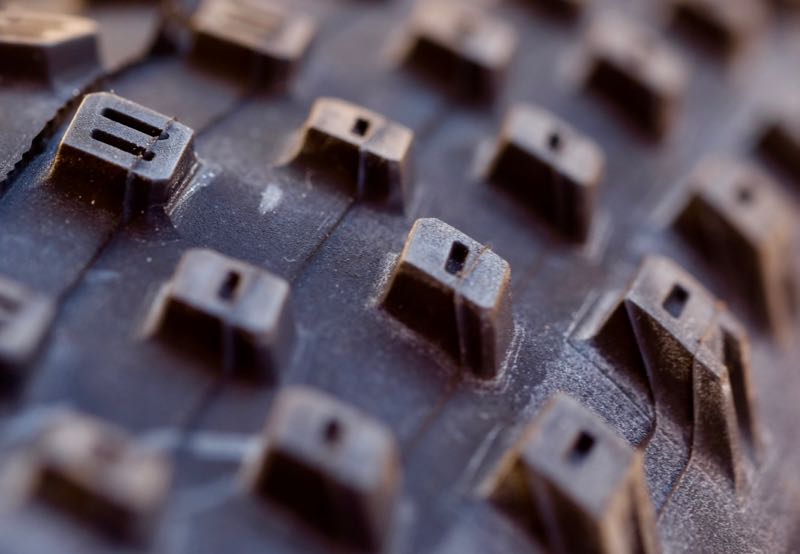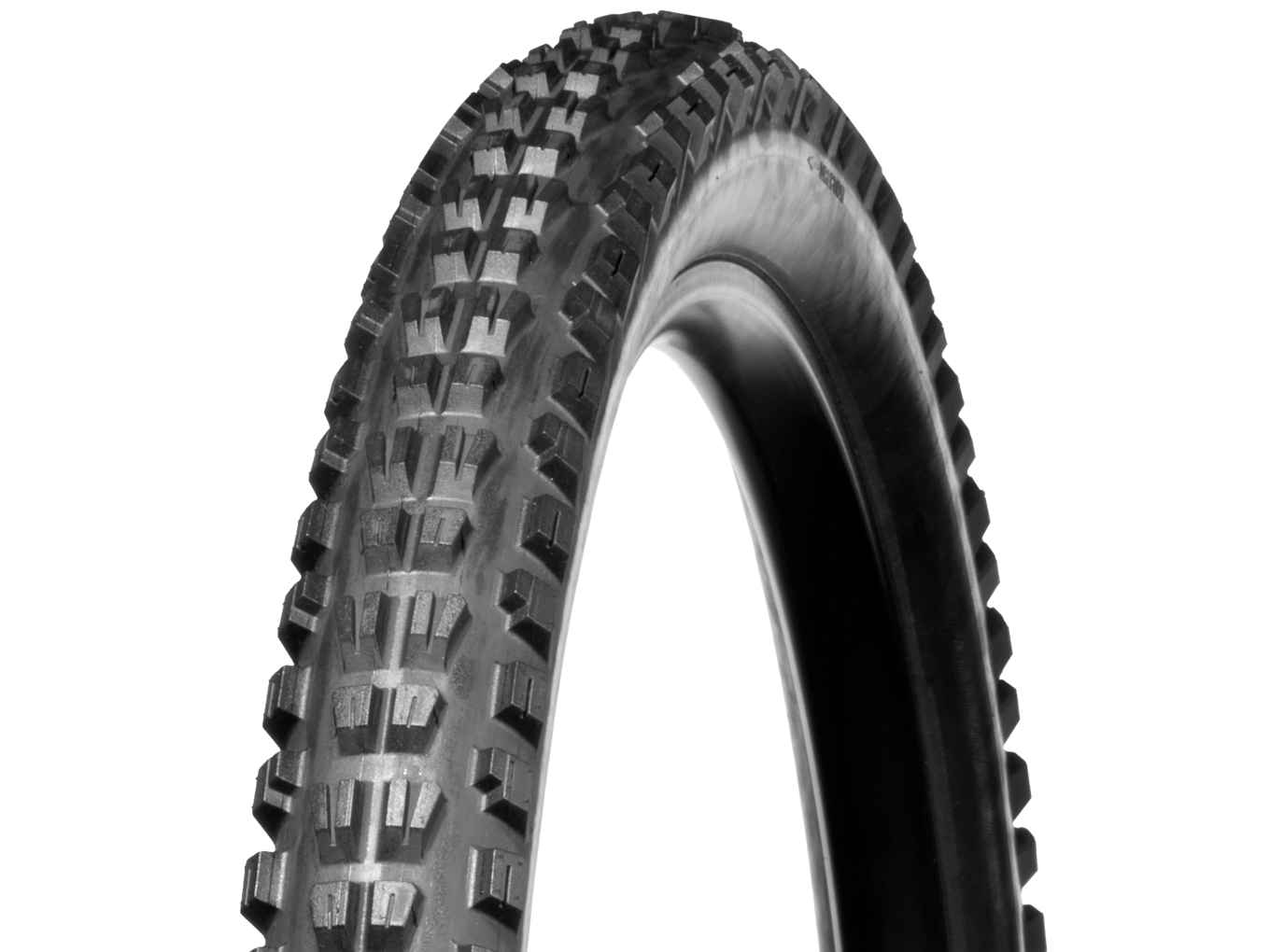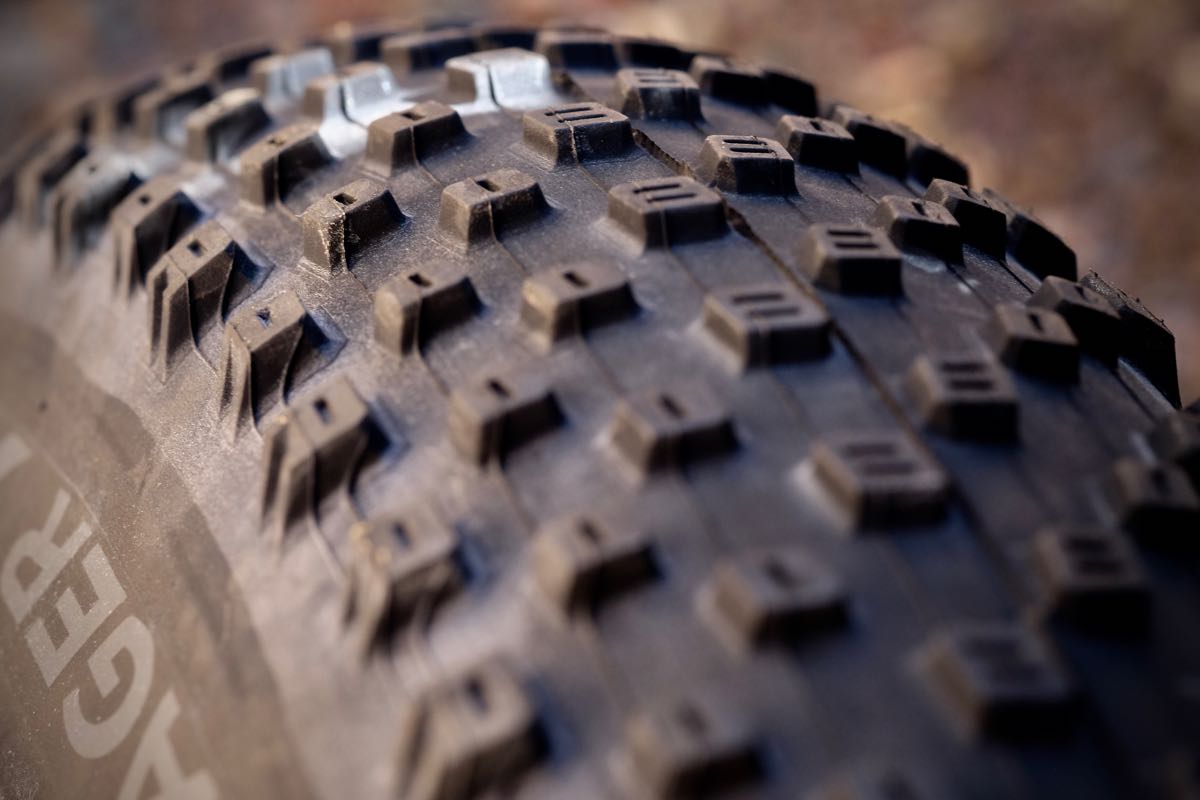Welcome to Tire Tech, Bikerumor’s mostly-weekly series on bicycle tires. Like our Suspension Tech and AASQ series, we take your questions about tires, whether it’s road, cyclocross, fat, plus, gravel, or mountain bike, and get answers from the brands and people behind them.
In the most recent edition of our Tire Tech series, we talked with a few experts about tread designs for mountain bike tires and how they’re developed. While there are similarities in the process from one brand to the next, there are a few differences as well. This week we push the discussion further down the trail with Bontrager’s tire guru, Frank Stacy.
Throughout my interviews with various tire engineers, I started each session with the same basic question: What is the first phase of tire design? The answers vary, but usually the need to create a fresh tire involves a gap in product offerings, a need to replace stale models, or other changes in the market like new wheel formats and evolutions in consumer expectations or riding styles. Most people agree, today’s riders are pushing tires harder than they were ten years ago. If there is one major catalyst, it’s the widening of rims and tires in general, but we’ll dive down that rabbit hole another day.

When asked the opening question about new tire designs, Stacy said they often initiate a new tire project by using an existing model as a starting point. He said, “We determine the pros and cons of a current tire, and/or a competitor’s tire. We evaluate performance through a rigorous, worst-case testing program that in most cases includes professional athletes and weekend riders of different levels. We focus on several areas including climbing, braking, handling, rolling, traction, deflection, sidewall roll, absorption, puncture resistance, etc.”
Although not every tire engineer and product manager I’ve talked to said it so clearly, I deduce all new tires have their roots in an existing product. As is the case for most things in cycling, new tires are usually incremental improvements over a previously successful tire.
Once the Bontrager tire team has fully evaluated an existing model, they use that information to advance their project. The tests help determine which elements to retain and which to adjust. In Stacy’s words, “Once we’ve determined the performance goals, we design the tread. Initially, all treads are designed in 2D. The focus is on function first; biting edges, tread spacing, tread self-cleaning, minimizing rolling resistance, tread depth, knob support, weight, etc. It can take several revisions to finalize the 2D design. Once the 2D drawing is ready we create a 3D drawing. If all looks good we create the 3D rapid prototype model for a final approval before mold making.”

The process of designing the tread pattern itself is driven by the specificity of the tire’s intended purpose. If you read our primer on knob types and how they’re used to create a particular ride quality, you know this is a blend of craft and science. It is also greatly influenced by experience. A good tire designer understands how to apply various tread features to achieve a particular objective. And they know how to factor in the nuance of wheel diameter and rim width. According to Stacy, designing a tread pattern for a plus-size tire demands a different approach than creating patterns for a thinner 29er tire. “For larger wheel diameter tires, due to the longer footprint, in some cases we’ve reduced the number of pitch (section of the tread that repeats) and/or reduced tread depth. This also helps reduce weight.”
With the 3D rapid prototype in the process of being made, Bontrager’s team then begins completing the tire recipe with close evaluations of the casing construction and rubber compounds required to maximize the design. To that end, Stacy said, “We use a combination of lab tests and field tests, studying puncture resistance, TLR air retention, pinch flat resistance, rolling resistance, etc. When the first prototype samples are ready, we test again to make sure we hit our goals. The new product is always benchmarked against an existing Bontrager tire and several competitors. If it’s a race purpose tire, we’ll prove the product performance at the World Cup level. If all goes well, the tire is released to production. If not, it’s back to the drawing board.”
And with that last bit, a reoccurring theme enters the discussion once again. As we learned from talking to tire designers with Continental, Schwalbe, Terrene, and Specialized, time on the dirt is the most telling. Long after the 3D concepts are developed, the rapid prototypes made, and the lab tests concluded, it is the evaluations on the trail that matter most. It is the feedback from professionals, recreational riders, and engineers which eventually guides the final product. It’s not a quick process, either. From start to finish Stacy said a new tire can take up to two years to complete.
In our next installment of Tire Tech, we’ll take a look at tread effectiveness as it degrades with use. We will look at a new tool for measuring tread life, and how wear is factored into tire life.
Pumped on this? Got a tire-related question you want answered? Email us. Want your brand or product featured? We can do that, too.
